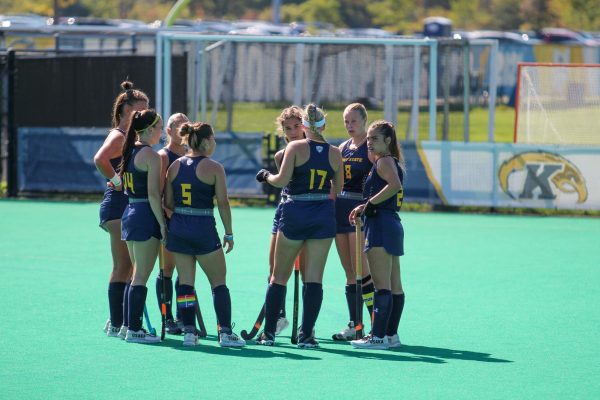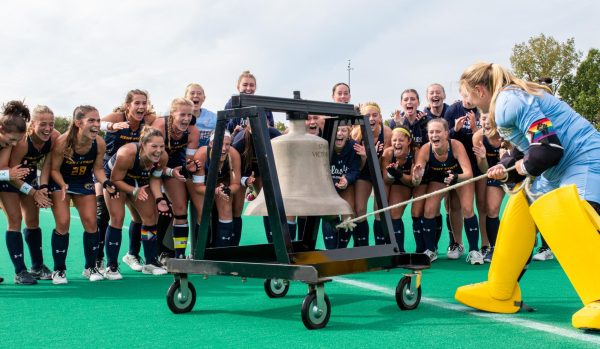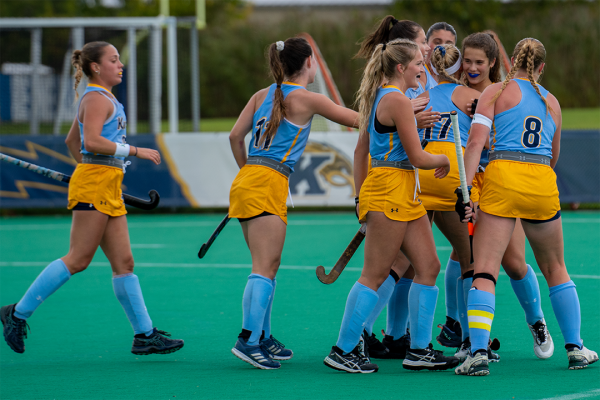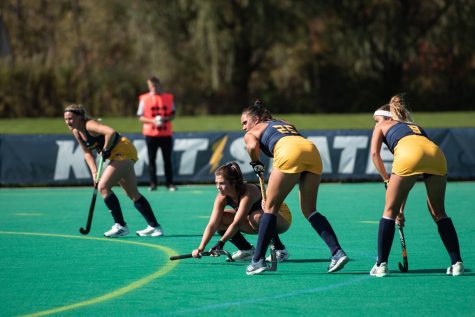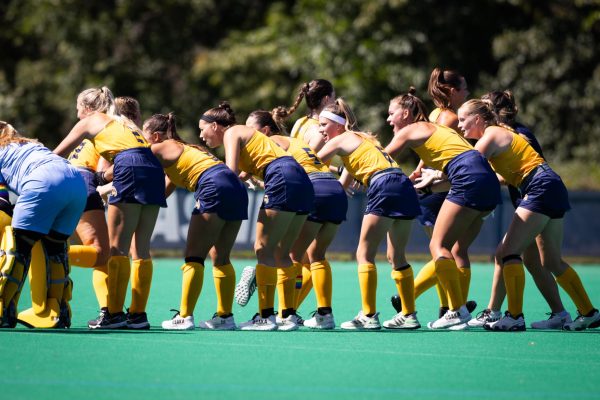You’re not in high school anymore: The difference between high school & college athletics
August 21, 2014
So you’re about to go to your very first Kent State sporting event as a Golden Flash and you’re wondering what to expect. You’ve probably competed in or attended sporting events at your school district since you were a tween. But once you walk into Dix Stadium or the M.A.C. Center, whatever you thought about sporting events goes out of the window. Here’s a comparison between high school sports and college sports.
High School:
That chemistry teacher who won’t give you a B- assures you that you pay $4 or $5 to get into a game, unless you have a pass that cost far more money to buy than the admission price.
College:
All home athletic events are free to students. You didn’t read that wrong. You don’t have to choose between going to the basketball game or an Eastway omelet, you can enjoy both.
High School:
If you have money in your wallet, you can give a few dollars to the boosters in a shot to win the 50/50 raffle.
College:
Swipe your Flashcard and you’ve got FLASHperks. What are those, you ask? For certain events on campus you get a certain amount of points that go towards an end-of-year giveaway. Last year, winners were drawn for prizes such as a year of tuition, free pizza for a year and a $2,000 bike. Yep, you can get any these just by attending athletic events.
High School:
You can decide to give a sport a shot right before tryouts.
College:
Not exactly the case. In men’s golf, for instance, the high school seniors going to Kent signed their letters of intent in early November, 10 months before the first match of the season. National signing day for football, held the first Wednesday of February, is like Christmas to college football fanatics.
High School:
Basketball is 32 minutes, football is 48 minutes, and baseball is 7 innings.
College:
Basketball is 2 periods of 20 minutes each, football adds 3 minutes per quarter and it’s a full 9-inning game in baseball just like the MLB.
High School:
The athletic director or principal takes up a position near the student section, making sure chants don’t get too wild and that players have room to play off.
College:
There’ll be absolutely no one there to directly watch over you. College is a time to explore independence, but while no one may put the brake on your words and actions, actions still have consequences, as a Louisiana State University fraternity found out after putting up a sign at their house mentioning May 4.
High School:
Pep rallies and assemblies were most likely mandatory.
College:
They’re not. You decide if you want to go to events. But, the more spirited you are, the better.
High School:
Every team, sans football, automatically receives an invitation to the playoffs.
College:
Not necessarily the case. Baseball, field hockey, soccer, softball, and volleyball have a tournament format where players have to earn their right to a position. Football has the champions of the East and West meet to determine who is the MAC champion.
High School:
The audience for a sporting event is best friends, girlfriends, family, school officials and some community members.
College:
This is about the same, but with a lot more community members filling the stands. Add a dose of professors, students, and family to the mix and you have a crowd full of fans ready to cheer their Kent State Golden Flashes to victory!
Patrick Shade is a sports reporter for the Summer Kent Stater. Contact him at [email protected].













